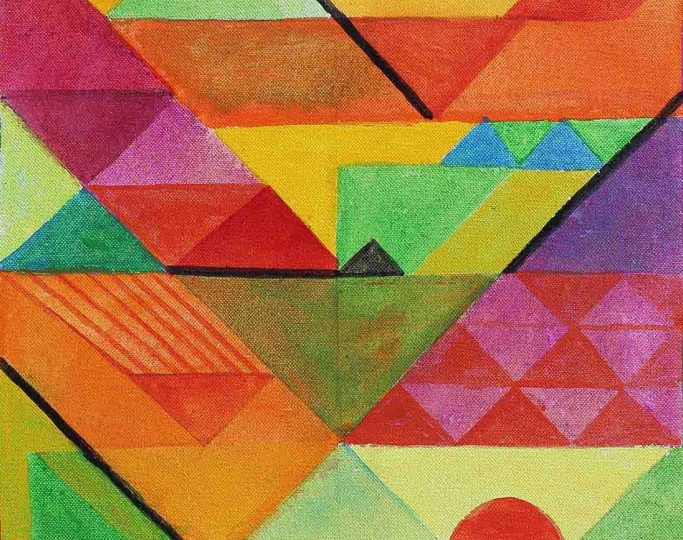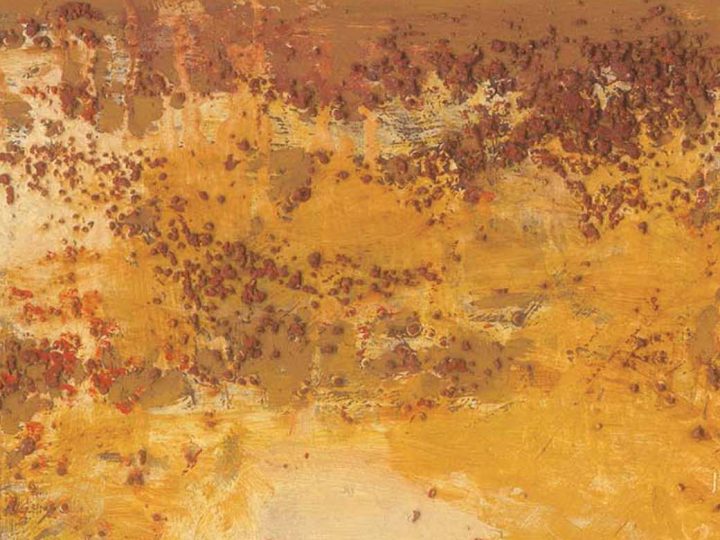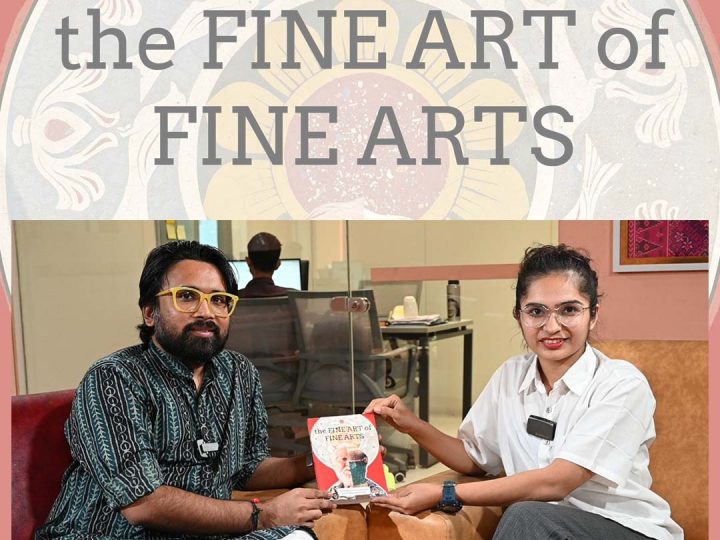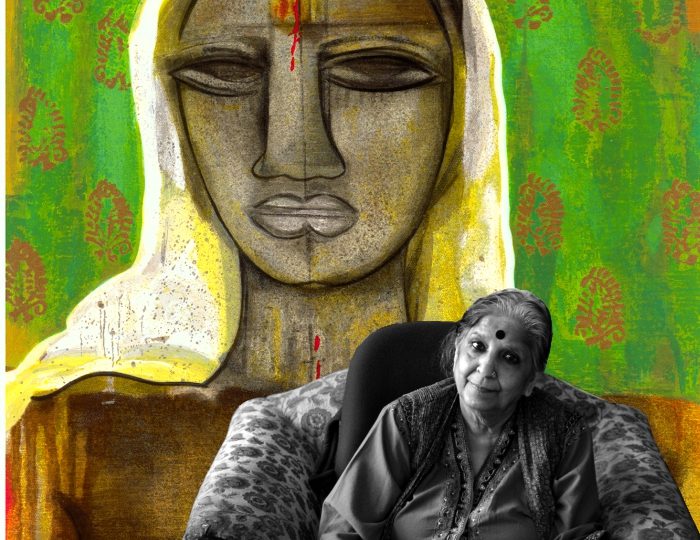Smriti-Sutra (Threads of Memory)
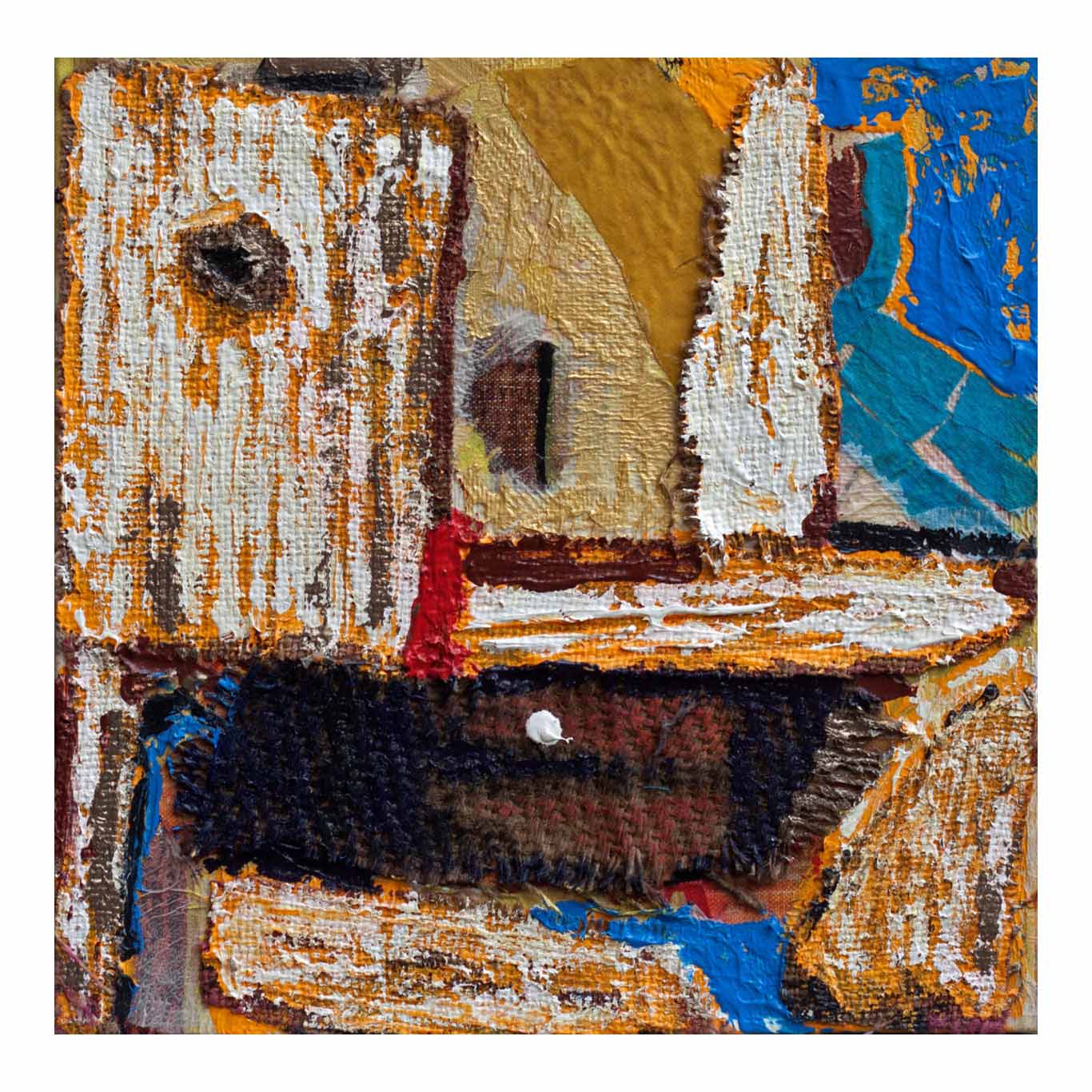
Transforming Rural Landscapes into Abstraction
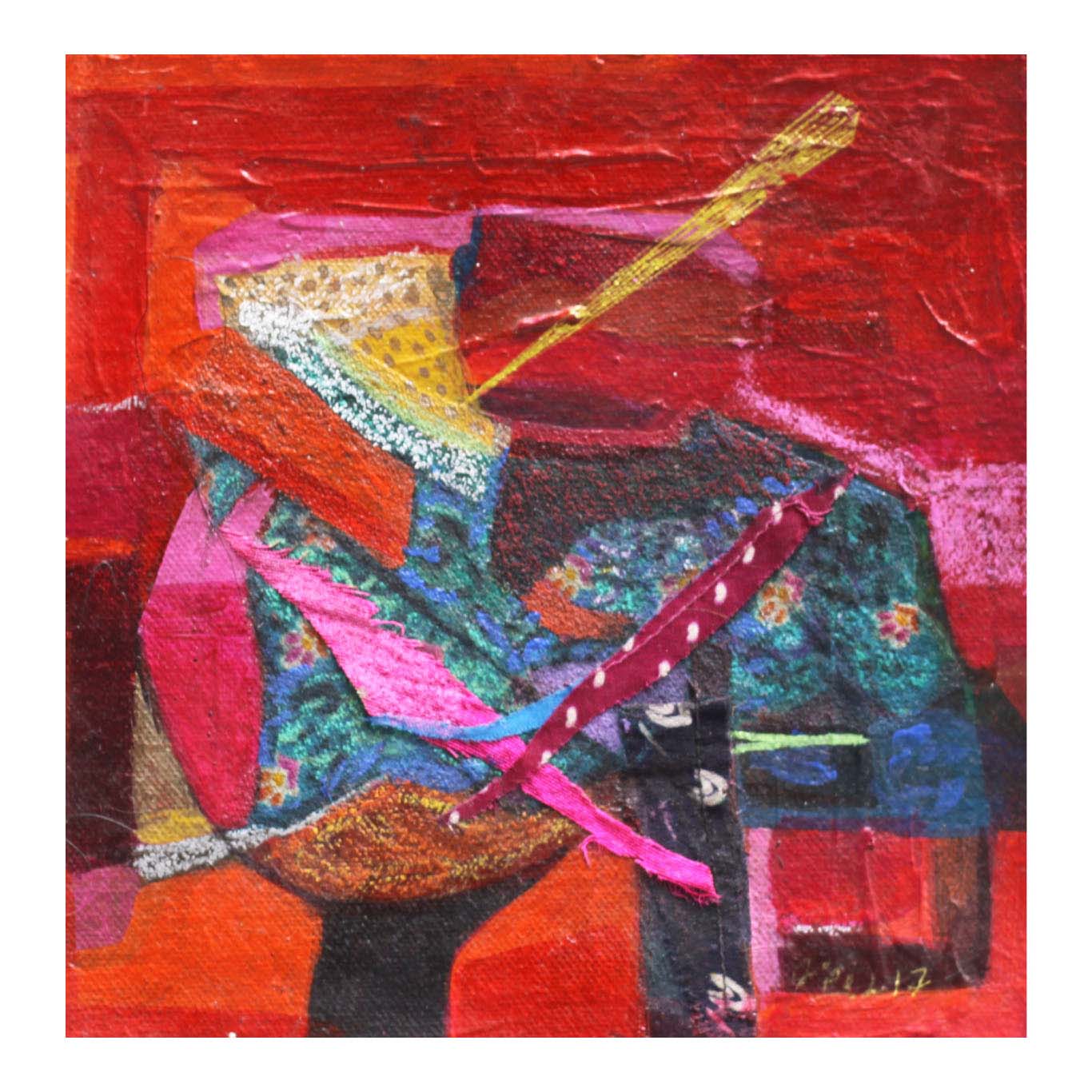
When he travels to villages or interacts with rural landscapes, questions arise: How can real, natural scenes be transformed into abstraction? How can he imagine and present them differently? He attempts to answer this through unique angles and perspectives in his paintings. He believes that while realism can depict reality, abstraction can touch psychological and symbolic realms. That is why he uses materials that carry their own essence and identity.
Memory-Infused Materials
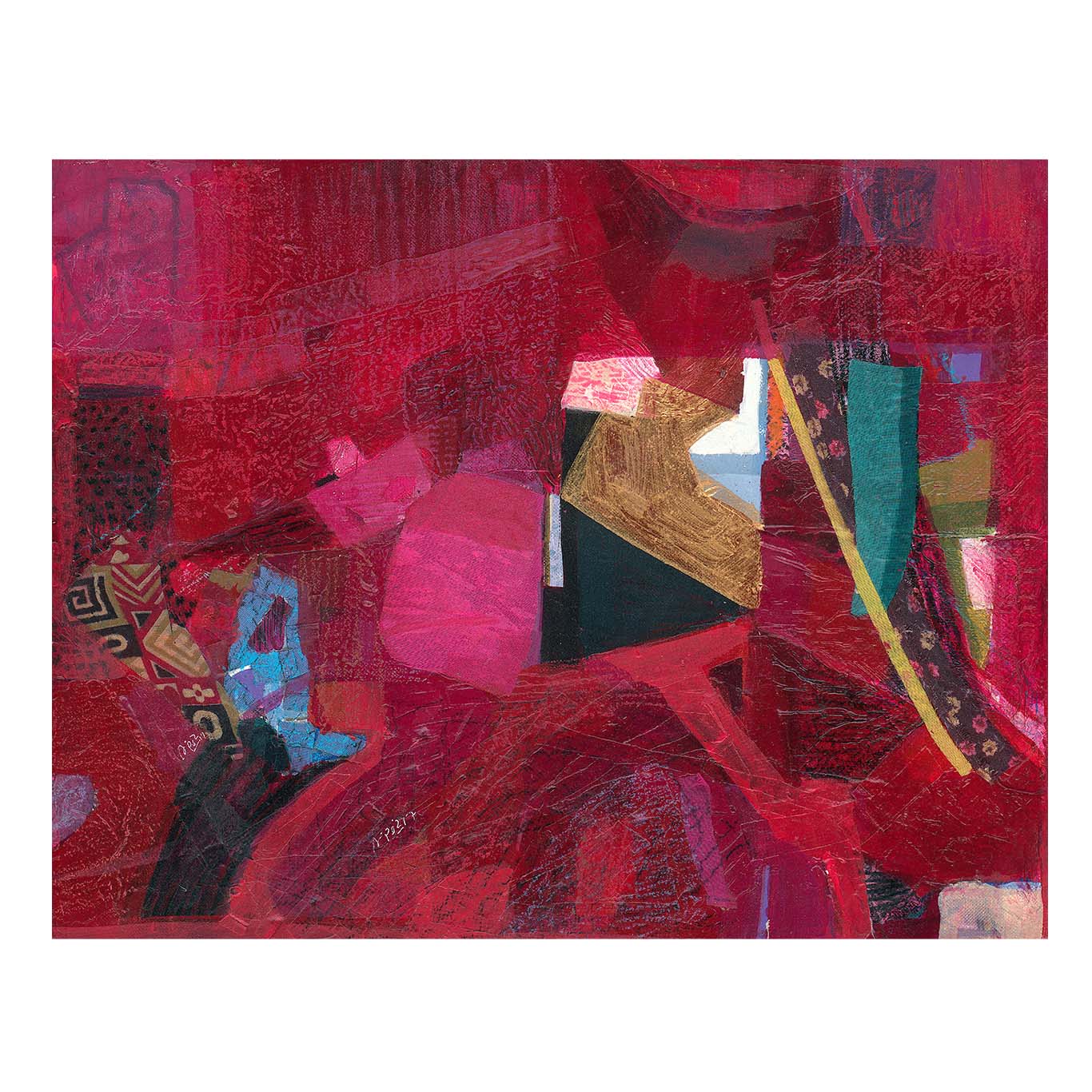
Most of his materials are not new. He uses things that hold emotional value, like his mother’s sarees and his father’s clothes. It is his way of holding their blessings with him. These are memories transformed into textures. Jute, for example, becomes a way to symbolize rural life. By assembling these elements, he attempts to create abstract landscapes that are deeply personal yet universally ringing.
Culmination of Influence and Identity
In every form and texture, he tries to show what has shaped him: his past, his present, his surroundings, and his soul.
Root and Reflection
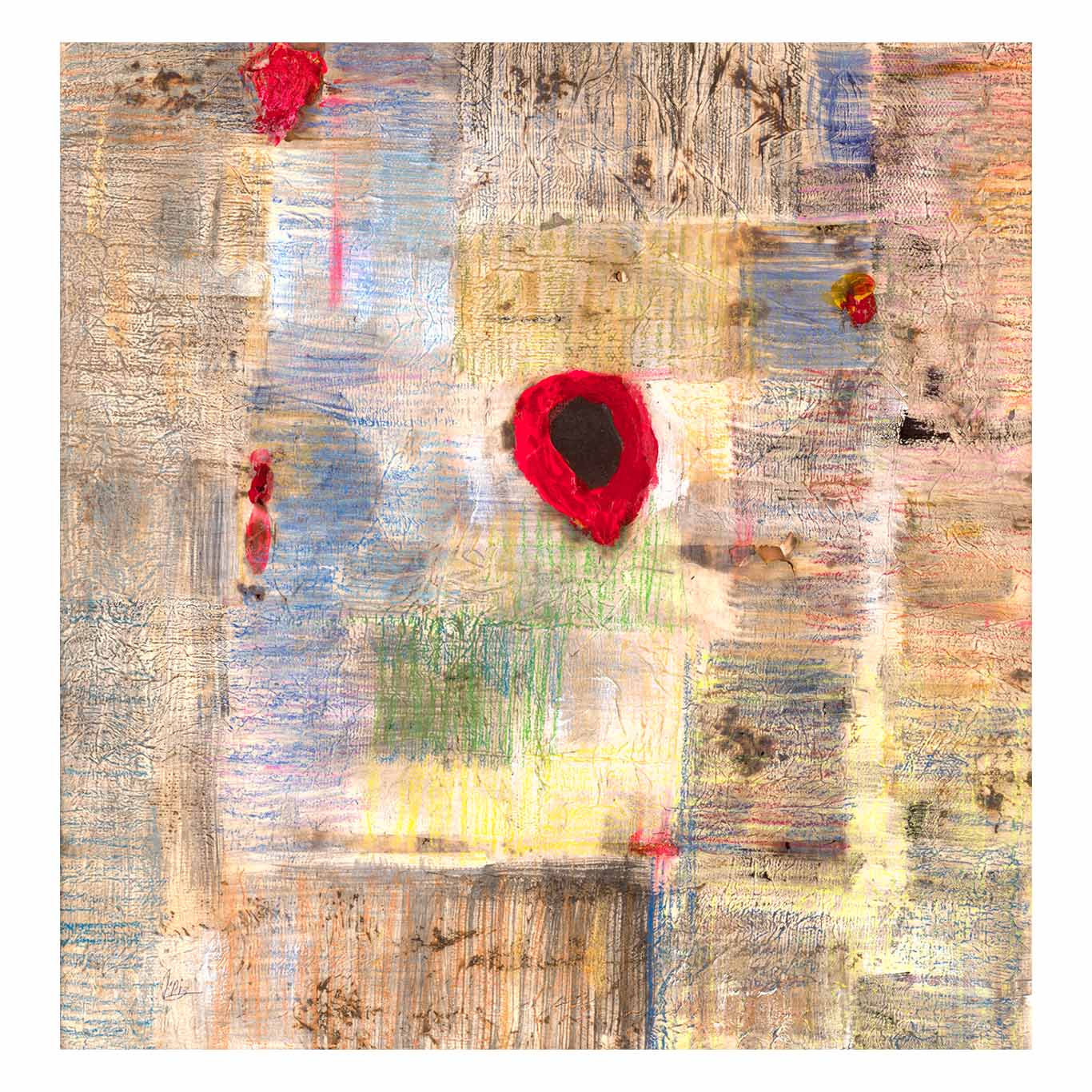
Early Environment and Attraction to Abstraction
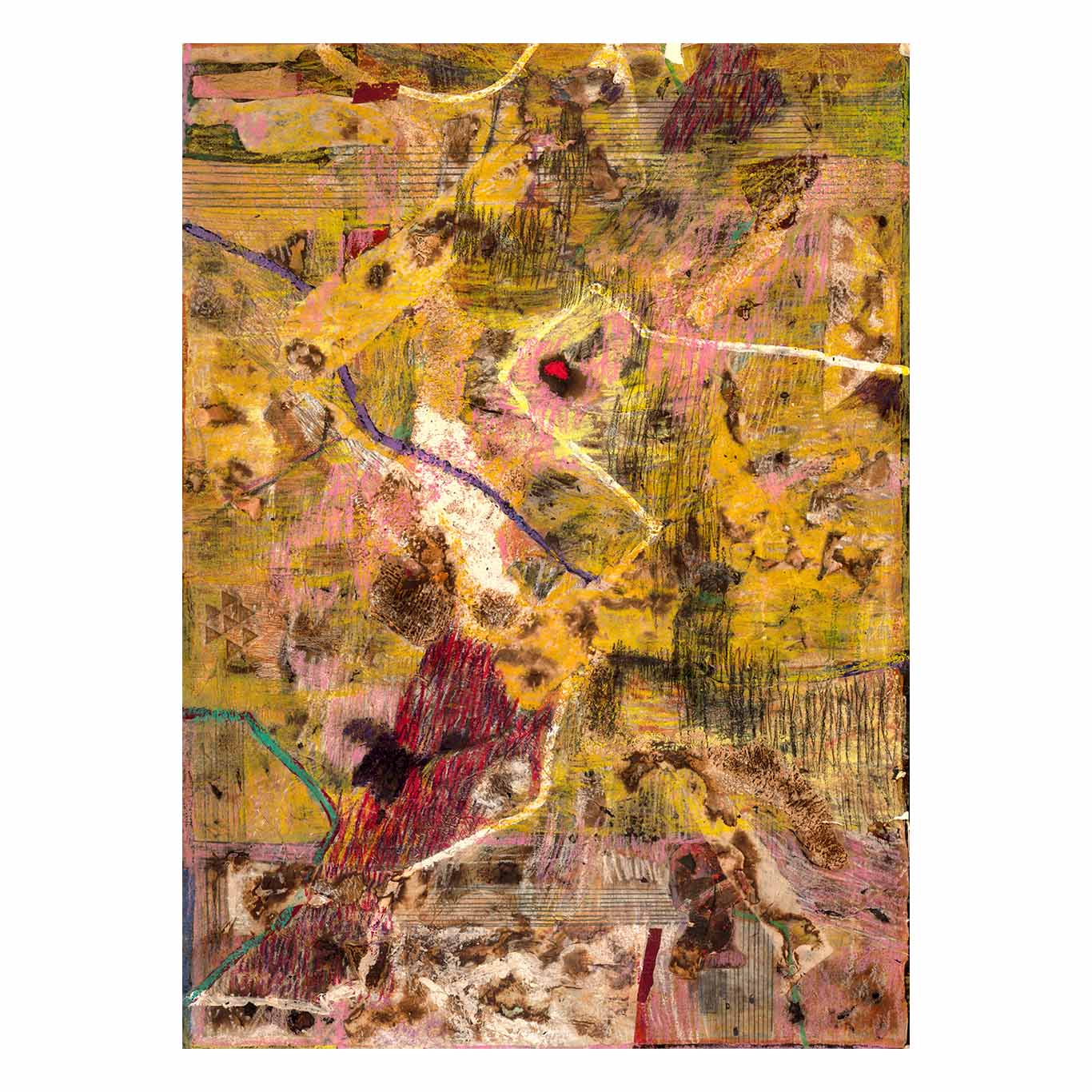
Growing up in this atmosphere, surrounded by music, dance, and various forms of art, he found himself naturally drawn to abstraction. He experiments with new media and incorporates them into his visual language. Materials like cloth, rice paper, mixed media, and especially paper pulp have become vital tools in his creative process. Sometimes, to bring out texture, he burns parts of his paintings. This act of burning is not destructive; it is transformative. It allows a deeper dimension to emerge, much like observing the world from a bird’s-eye view. That perspective helps him blur the line between realism and abstraction.
Color as Emotional Voice
Each color, in his view, has its own emotional voice. Colors attempt to communicate something symbolic, something emotional. Depending on his emotional state—mostly content—the colors shift: his red series reflects intensity and power, while his blue series represents calm and reflection. He has also used natural powders, soil, and dust, materials that remind him of childhood play. Each memory lives in his art as a quiet emblem, never a mere ornament. During the process of creating, he employs not only colors and textures but also lines, words, and other visual elements to represent his inner feelings and experiences. These small yet significant elements become bridges connecting his art to society.
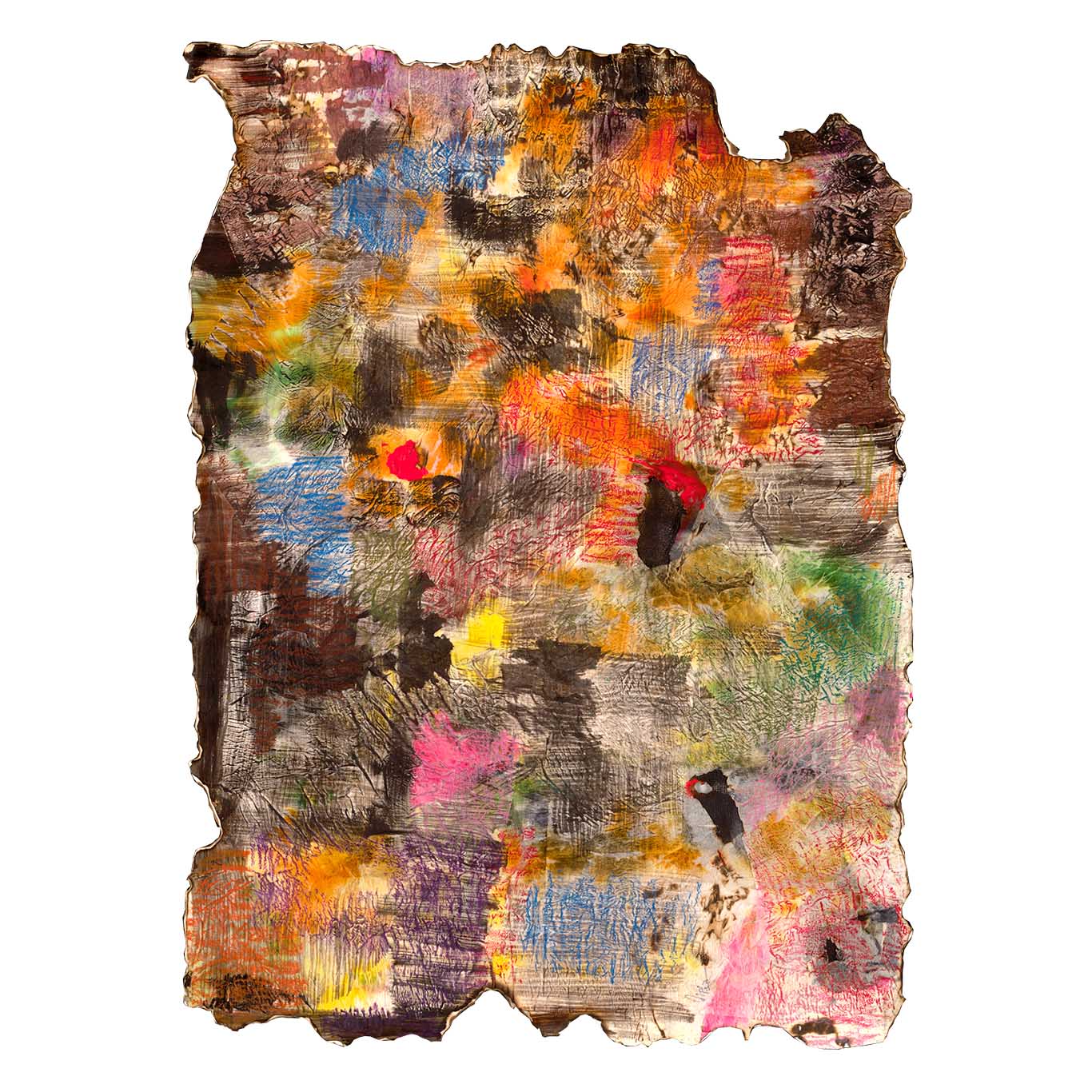
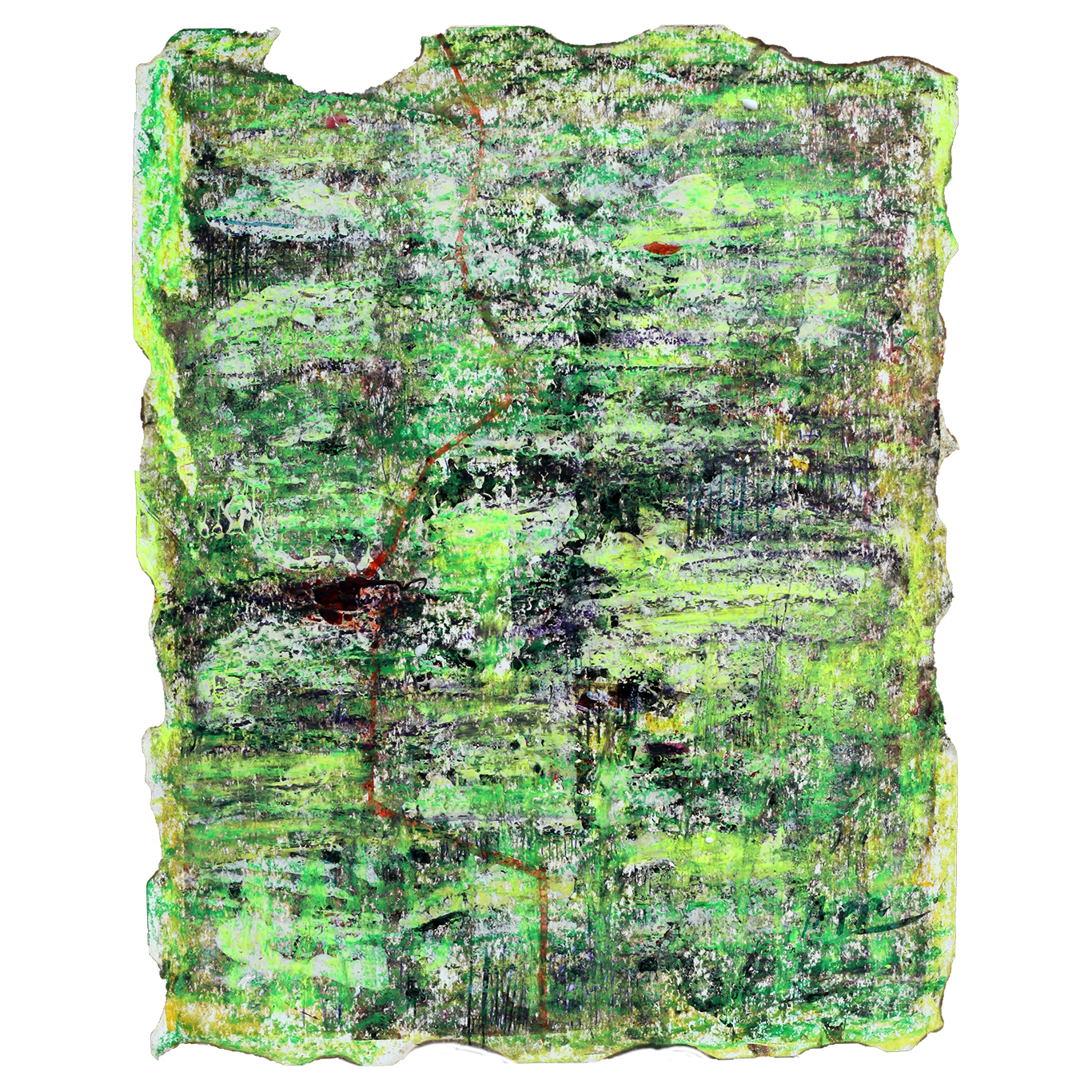
Influence of Music and Human Emotion
Throughout his journey he harmonises with people, animals, and the rhythms of music. Music plays a crucial role. Its rhythm and melody influence his strokes and textures. Just as music flows, he tries to allow colors and elements to flow in his compositions. He connects this flow with materials like paper pulp, wire, and nails, letting them align with the same energy as a musical composition. He sees different colors in people, and those colors become his subjects. Their internal emotional states inform his creative process.
He gets inspired by the people around him—the way they walk, their clothes, the colors they wear, their expressions; all of it inspires him.
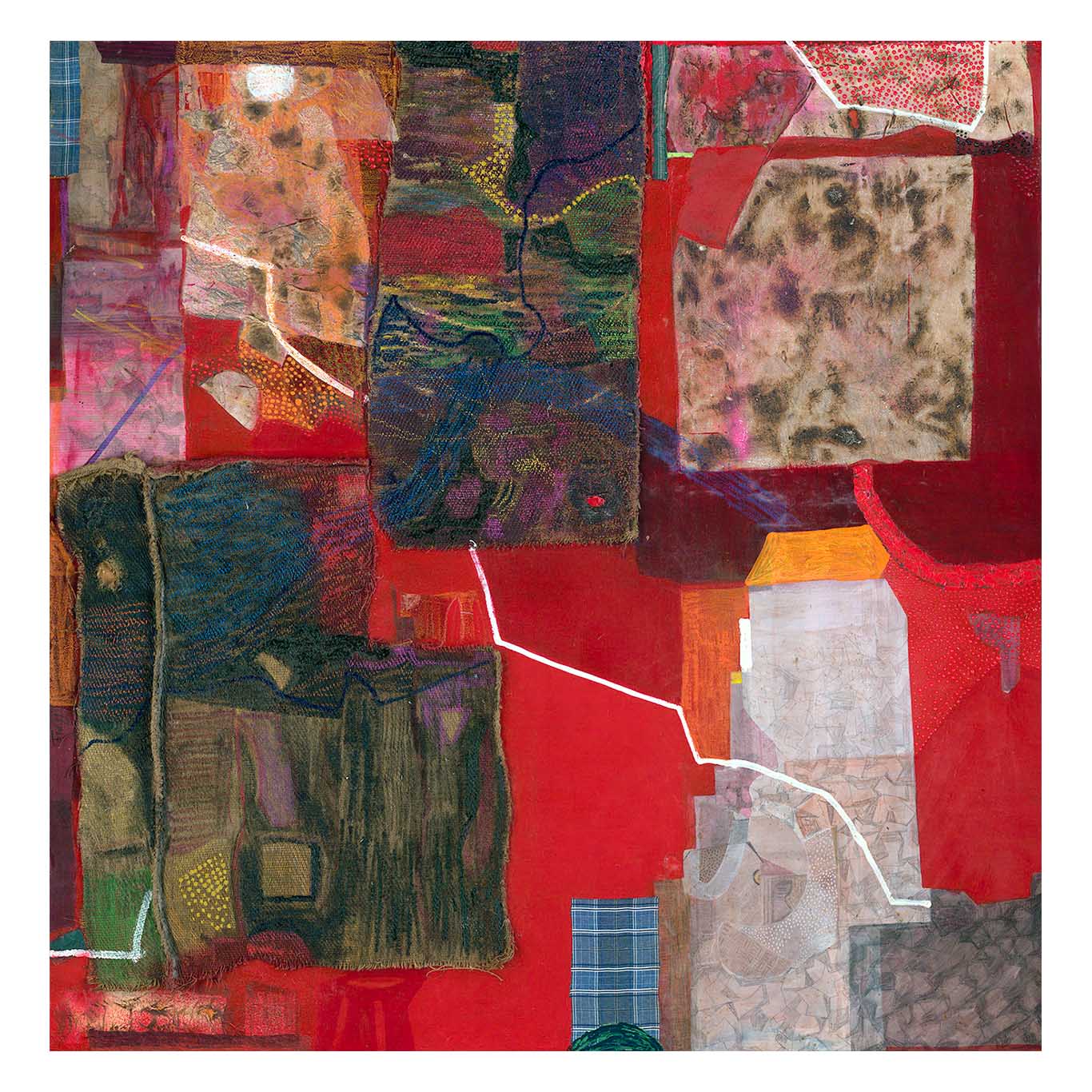
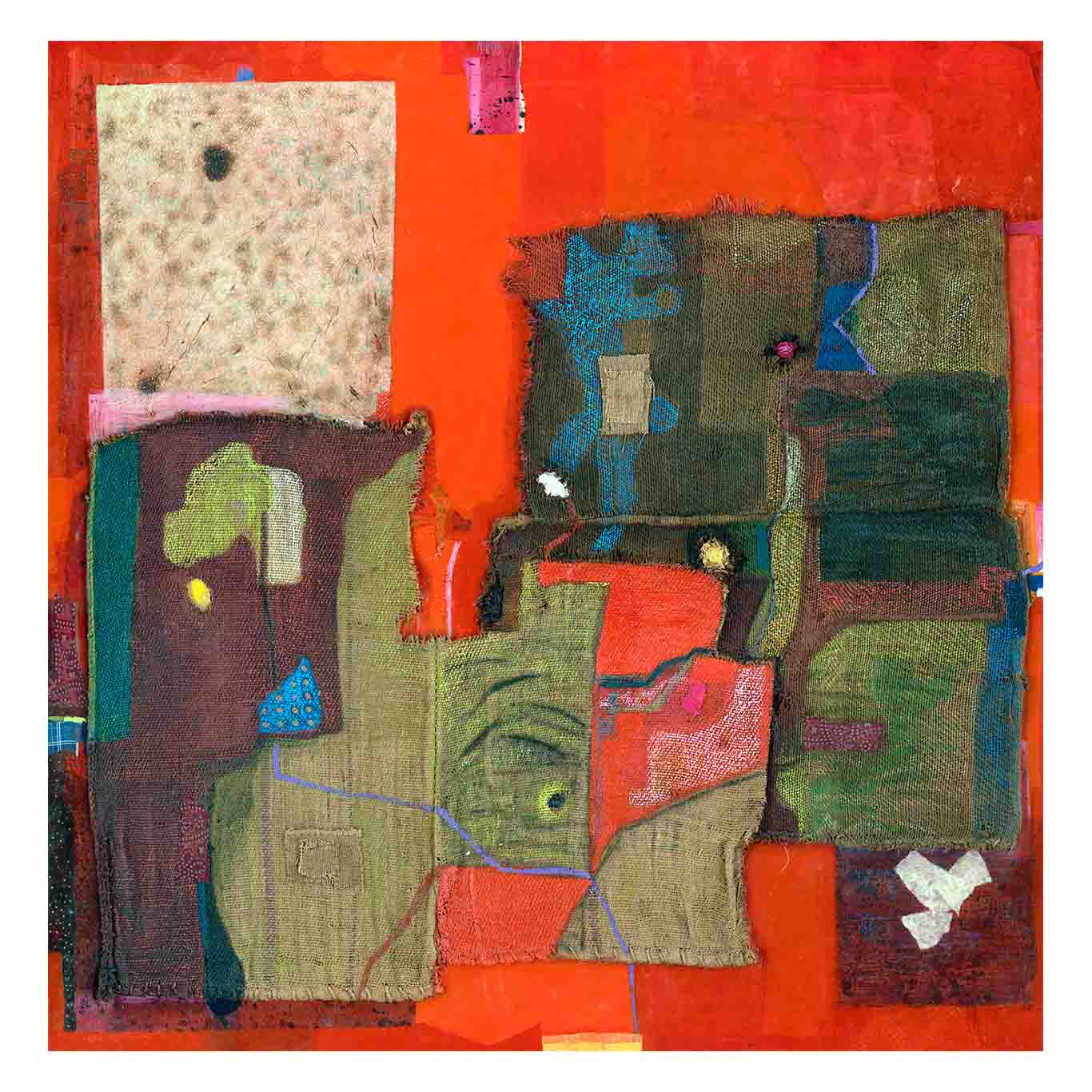
Academic Roots and European Exposure
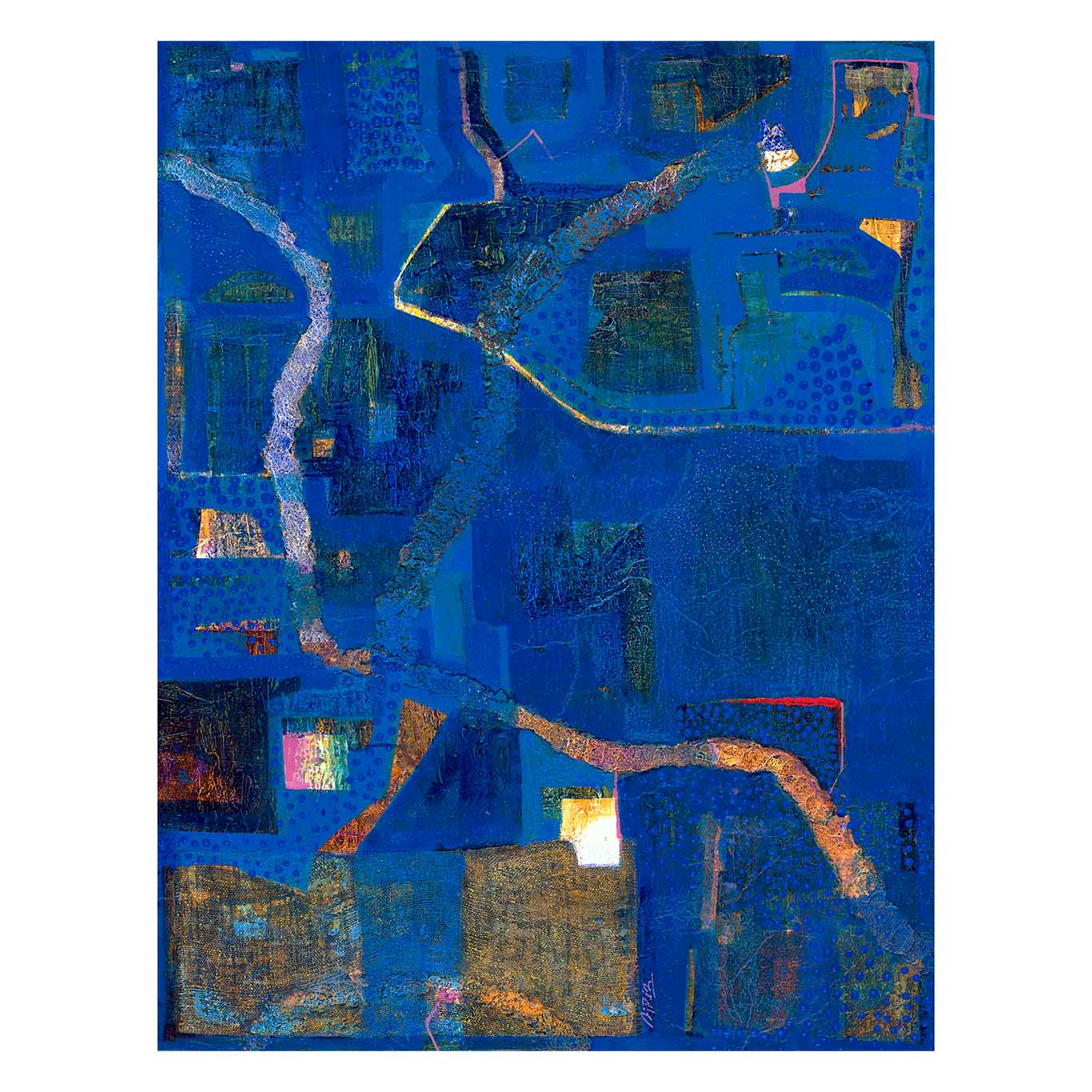
He completed both his bachelor’s and master’s degrees at Indira Kala Sangeet Vishwavidyalaya. After graduation he moved to Mumbai to explore the next phase of his career. He spent about two years in the city. Then, thanks to an award he received, he had the opportunity to travel to Europe. That experience changed him wholeheartedly. He visited Paris, Venice, Rome, Florence, and explored renowned museums like the Louvre, Musée d’Orsay, the Picasso Museum, and various modern art galleries.
Impact of Masterworks and Alberto Burri
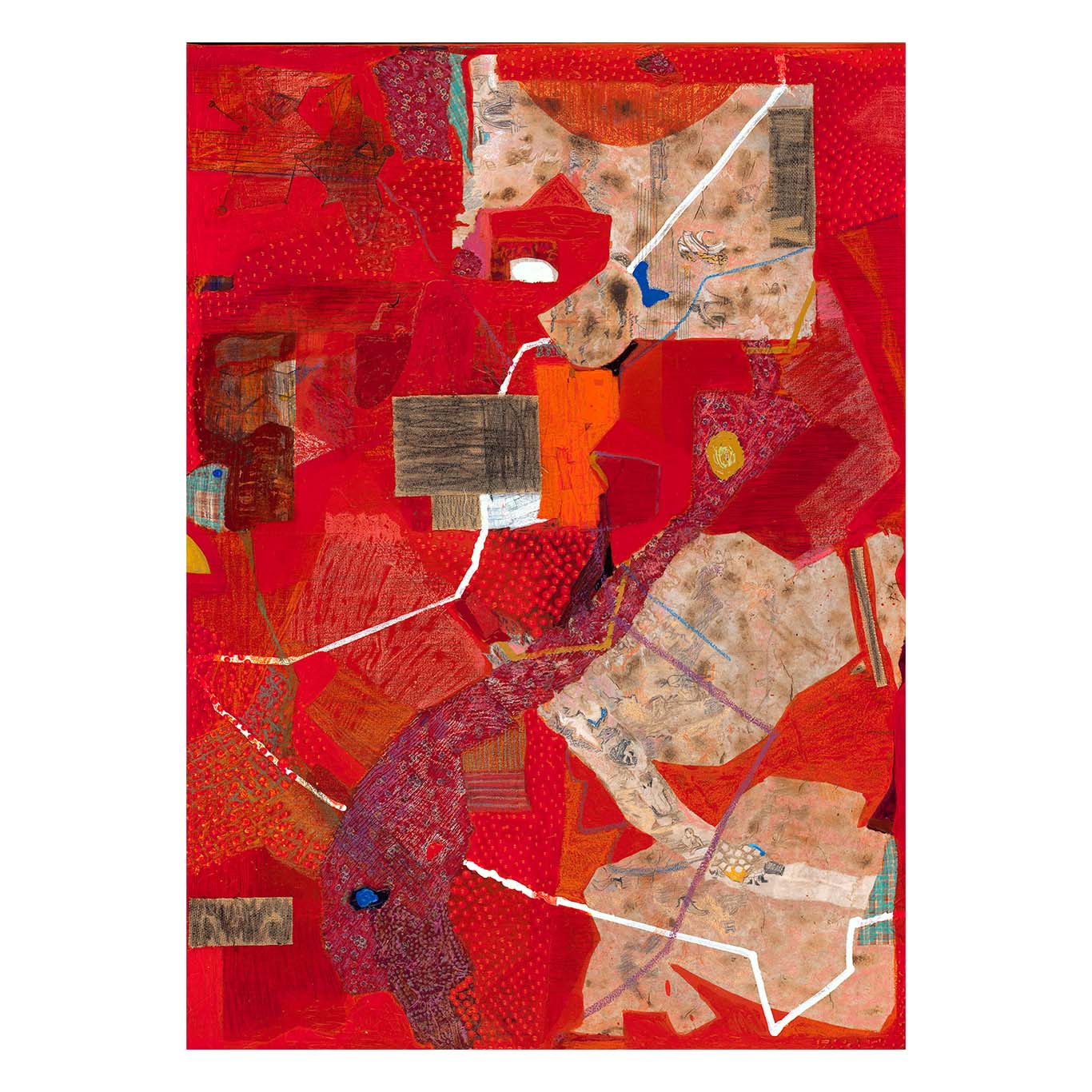
Seeing in person what he had studied in books, such as the Colosseum, the Eiffel Tower, and countless other historic sites, left a lasting impression. He also discovered artists he had not encountered during his college years. One of them, Alberto Burri, became a strong influence on him. Although Burri was not a full-time artist, his use of elements spoke volumes. Burri’s approach pushed him to explore elements and materials in a deeper, more meaningful way.
Series as Confluence
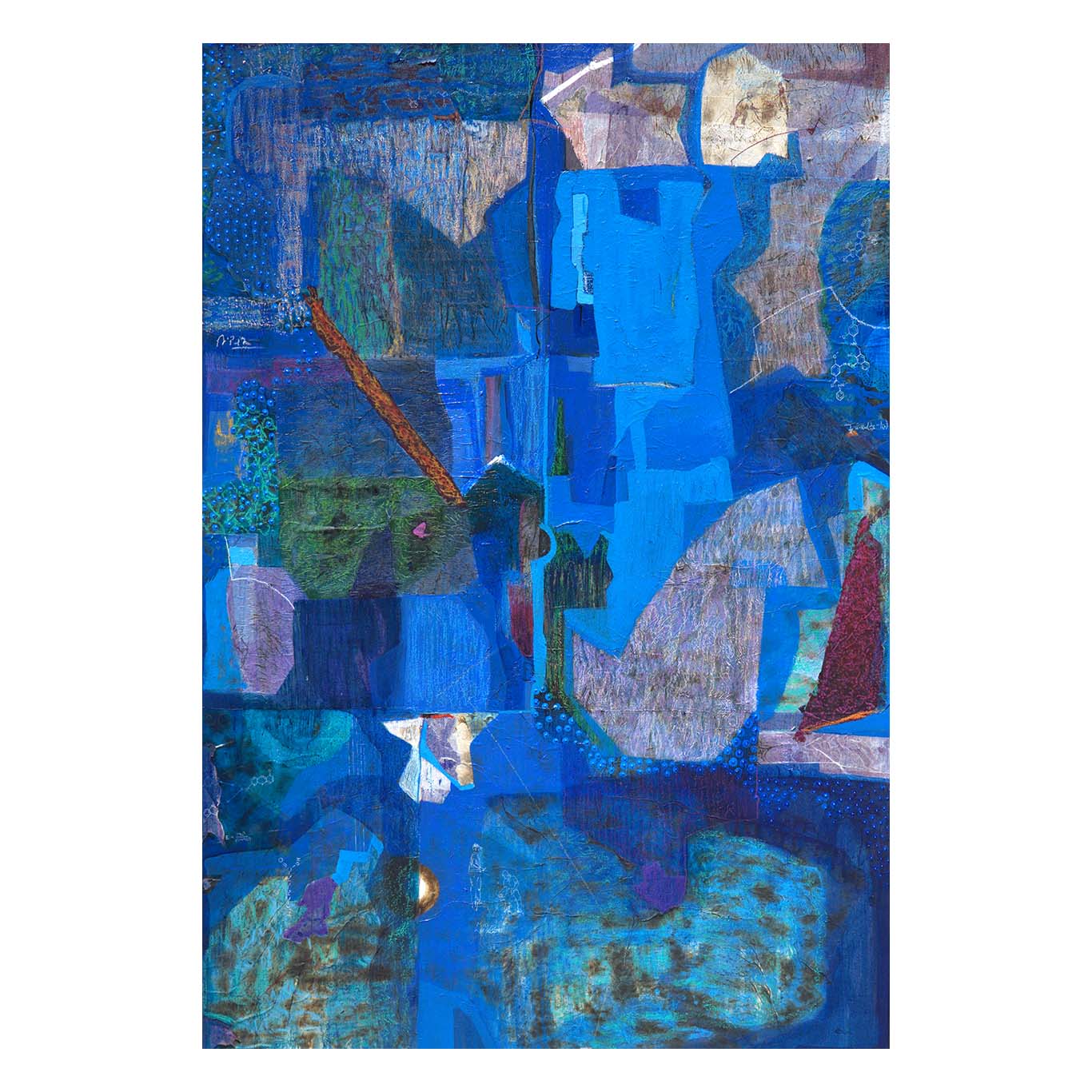
All of these strands come together in Smriti-Sutra (Threads of Memory), his Abstract Material Series. Each work forms a landscape of memory and inquiry, a place where rural life, personal lineage, and global influence meet. Burnt edges suggest transformation rather than loss, opening portals of texture and depth. Geometric shapes hover beside organic forms, hinting at the mental maps we make to navigate experience. No item appears as ornament alone. Every thread, scrap, and stroke carries the imprint of a life observed closely and felt deeply.
An Invitation to Reflect
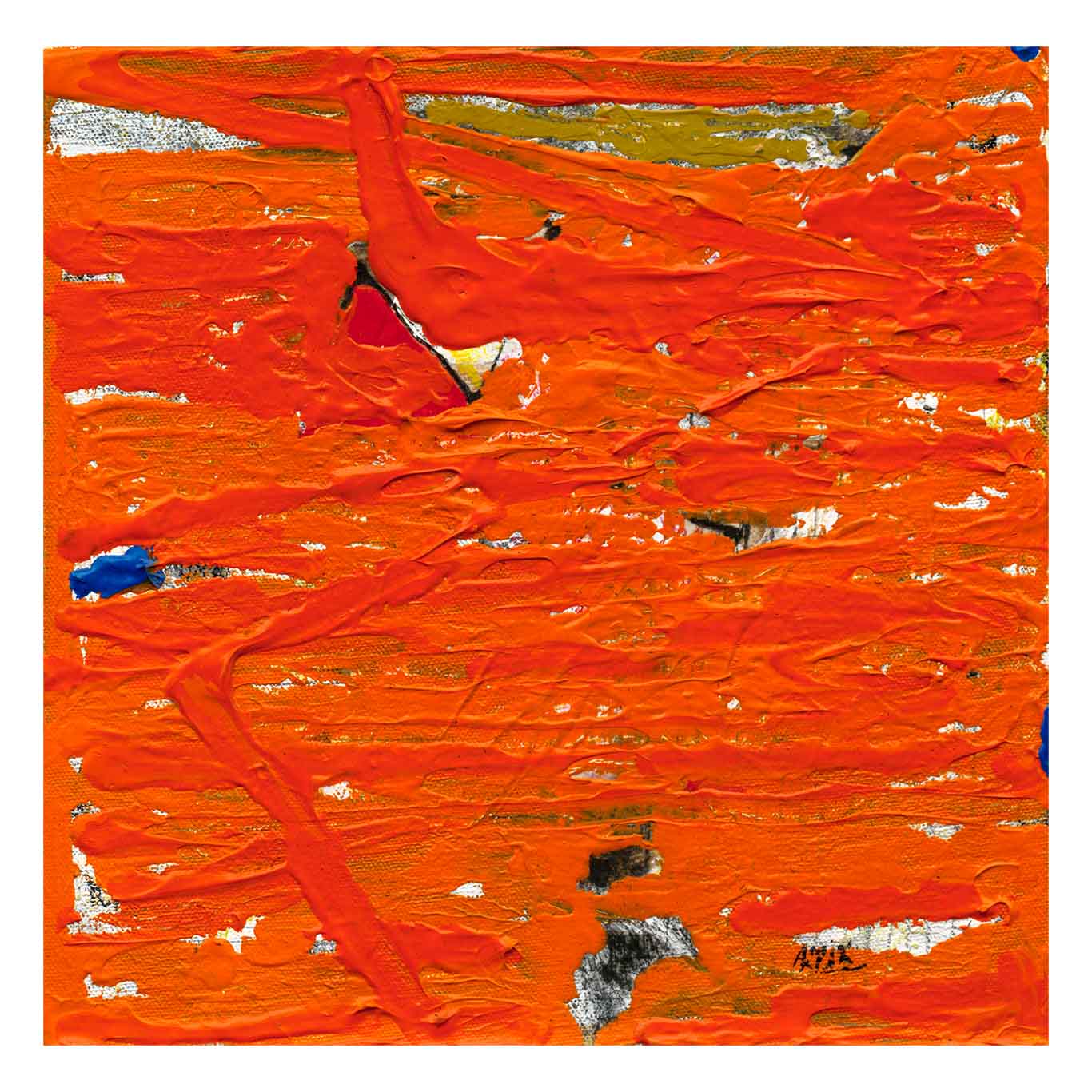
Vipin never paints to illustrate a single story. Instead he offers layered spaces that invite reflection. The viewer might sense the scent of earth after rain, the rustle of a silk saree, or the distant echo of a folk tune. In these shifting impressions lie the core of his practice. It is an art of constant recall and renewal, one that honors rural roots while speaking in a language that travels far beyond them.
Photos and Text © Chaitya Dhanvi Shah


